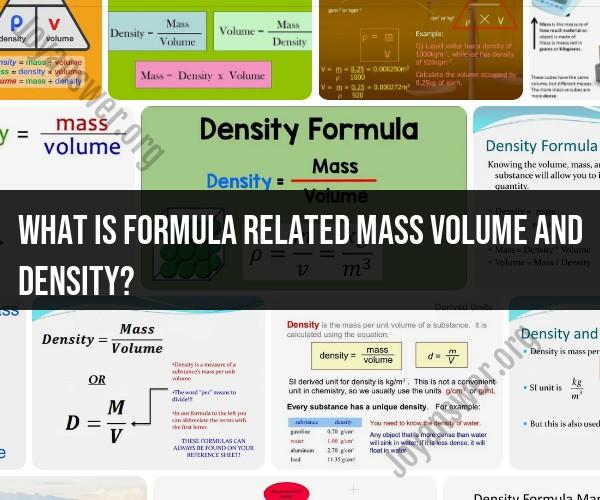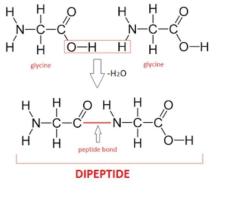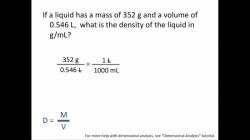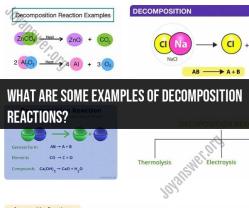What is formula related mass volume and density?
Understanding the relationships between mass, volume, and density is fundamental in various scientific and everyday contexts. In this comprehensive guide, we'll explore the formulae that link these three important physical properties and provide practical insights into their applications.
1. Mass (m):
- Mass refers to the amount of matter in an object and is typically measured in grams (g) or kilograms (kg).
2. Volume (V):
- Volume is the amount of space occupied by an object and is usually measured in cubic centimeters (cm³), cubic meters (m³), or liters (L).
3. Density (ρ):
- Density is a measure of how much mass is contained in a given volume and is expressed in units such as grams per cubic centimeter (g/cm³) or kilograms per cubic meter (kg/m³).
Key Formulae:
Density Formula: The density of an object is calculated by dividing its mass (m) by its volume (V).
Density (ρ) = Mass (m) / Volume (V)
Units: g/cm³ or kg/m³, depending on the units used for mass and volume.
This formula tells us how tightly packed the matter in an object is. Denser objects have more mass in the same volume, while less dense objects have less mass in the same volume.
Mass Formula: To find the mass of an object, rearrange the density formula:
Mass (m) = Density (ρ) x Volume (V)
Use this formula when you know the density and volume of an object, and you want to find its mass.
Volume Formula: To find the volume of an object, rearrange the density formula:
Volume (V) = Mass (m) / Density (ρ)
Use this formula when you know the mass and density of an object, and you want to find its volume.
Applications and Examples:
Buoyancy: Understanding the density of objects is crucial in explaining why some objects float while others sink in a fluid (e.g., water). Objects with a density less than the fluid they are in will float, while those with higher density will sink.
Archimedes' Principle: Archimedes' principle, which explains buoyancy, can be expressed using these formulae. When an object is immersed in a fluid, it experiences an upward buoyant force equal to the weight of the displaced fluid, making it buoyant.
Material Properties: Density is used to characterize and compare materials. For example, metals are typically denser than plastics, which is why metals sink in water while plastic objects often float.
Engineering and Construction: Engineers use density to select materials for various applications. Low-density materials, like foam, are used for insulation, while high-density materials, like concrete, provide structural support.
Chemistry: Chemists use density to identify substances and determine their purity. The density of a substance can be compared to known values to verify its composition.
Astronomy: Density is used in the study of celestial bodies to estimate their composition. For example, knowing the density of a planet helps scientists infer its internal structure.
Understanding the relationships between mass, volume, and density and knowing how to apply these formulae is essential in fields ranging from physics and engineering to chemistry and environmental science. These concepts play a crucial role in solving real-world problems and making informed decisions about materials and substances.













